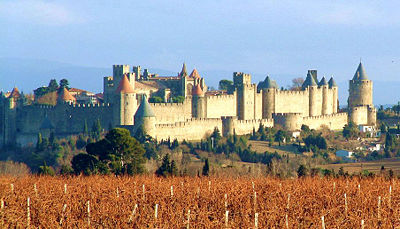Cast stone is defined as “a refined concrete building unit manufactured to simulate natural cut stone, used in unit masonry applications”. Cast stone is a masonry product, used as an architectural feature, trim, ornament or facing for buildings or other structures. Cast stone can be made from white and/or grey cements.

Cast stone has been a prime building material for hundreds of years. The earliest known use of Cast stone dates about to the year and was seen at Carcassonne, France, the city which contains the finest remains of medieval in Europe. Cast stone was first used extensively in London in the year 1900 and gained widespread acceptance in America in 1920.
Some researchers have even speculated that the were formed using a form of cast stone, rather than from cut blocks.
One of the earliest developments in the industry was Coade stone, a fired ceramic, but most artificial stone consists of fine cement concrete placed to set in wooden or iron moulds. It was cheaper and more uniform than natural stone, and widely used. In engineering projects, it had the advantage that transporting the bulk materials and casting them near the place of use was cheaper than transporting very large pieces of stone.
